Welcome to this article on endangered animals. As humans continue to encroach on wildlife habitats and contribute to biodiversity loss, many species face the threat of extinction. Sadly, we are losing some of our planet’s most majestic and unique creatures.
From the Vaquita to the black rhino, these animals are not just symbols of wildlife but also play vital roles in maintaining the balance of ecosystems. This article will explore some of the most endangered animals and their conservation status.
So, let’s dive in and learn more about these amazing creatures and what is being done to protect them.
1. Sumatran Orangutan
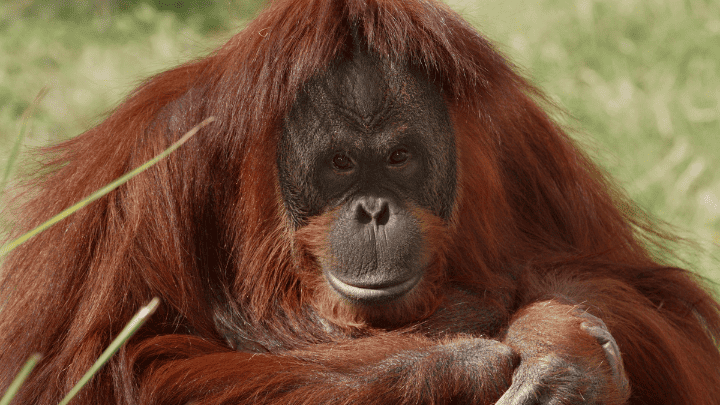
There are about 14,000 Sumatran orangutans left in the wild, according to the IUCN Red List. This remarkable species faces habitat destruction due to palm oil plantations, illegal logging, and poaching.
Conservation efforts: Organizations such as the Sumatran Orangutan Conservation Programme (SOCP) work tirelessly to protect and restore the orangutans’ habitats. They also engage in rescue and rehabilitation efforts, aiming to release the orangutans back into the wild.
2. Black Rhino
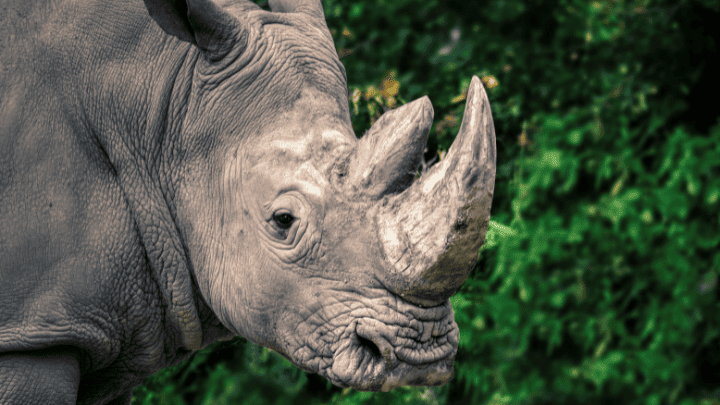
Once abundant across Africa, the black rhino now faces severe threats from poaching for its horns, which are highly valued in traditional medicine markets. The black rhino population has drastically declined, with only about 6,195 individuals remaining.
Conservation efforts: Organizations like Save the Rhino collaborate with local communities and governments to combat poaching and implement strict anti-poaching measures.
The World Wildlife Fund (WWF) also protects black and white rhinos. WWF collaborates with rangers in Kenya to combat poaching in areas of greatest risk. Additionally, they focus on habitat management and public awareness campaigns to save these magnificent creatures from extinction.
3. Amur Leopard
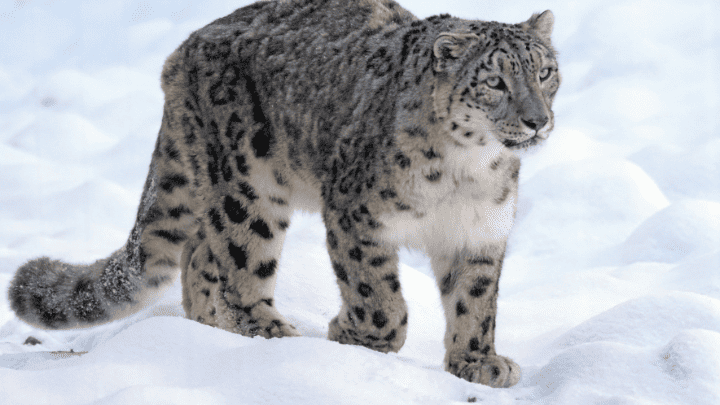
The Amur leopard is one of the most critically endangered big cats, with about 100 individuals left in the wild. Habitat loss and illegal hunting of its beautiful fur pose significant challenges to its survival.
Conservation efforts: The World Wildlife Fund (WWF) supports conservation projects in the Amur leopard range in Russia, focusing on anti-poaching efforts, habitat restoration, and community involvement.
They work closely with local governments and communities to protect these beautiful and elusive felines long-term.
4. Hawksbill Turtle
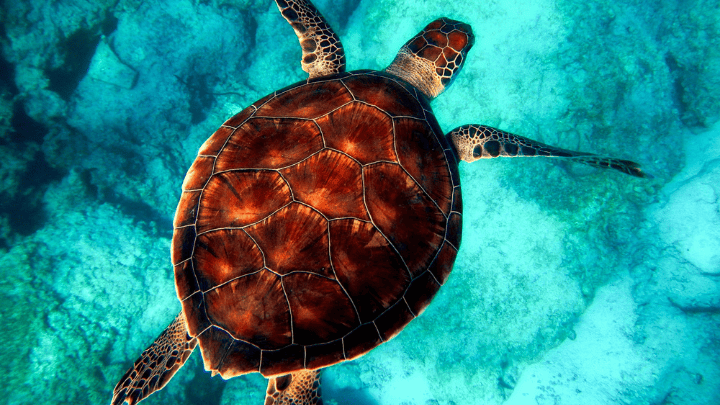
Hawksbill turtles face a perilous situation, with their population declining by approximately 80% in the last century. Threats such as habitat degradation, pollution, and illegal trade in their shells contribute to their vulnerability.
Conservation efforts: The Hawksbill Turtle Recovery Project focuses on nesting beach protection, monitoring, and education programs. Efforts are also made to reduce pollution and promote sustainable fishing practices to safeguard the habitats crucial for the turtles’ survival.
5. Sumatran Tiger
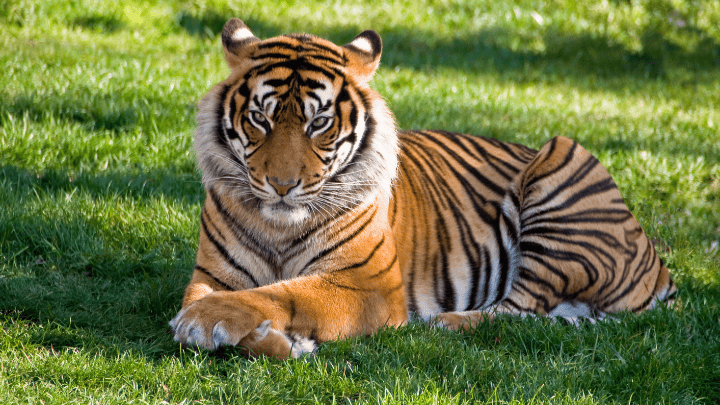
The Sumatran tiger, with a population of fewer than 600 individuals, is another rare and critically endangered tiger subspecies. Habitat loss and poaching for the illegal wildlife trade are their primary threats.
Conservation efforts: The Tiger Protection and Conservation Units, established by organizations like the Zoological Society of London (ZSL), collaborate with local authorities to combat poaching and engage in habitat restoration initiatives.
They also work closely with local communities to raise awareness about the importance of protecting these majestic creatures.
6. Mountain Gorilla

Mountain gorillas are highly endangered, with only around 1,063 individuals remaining. Habitat loss, poaching, and civil unrest pose significant challenges to their survival.
Conservation efforts: The International Gorilla Conservation Programme (IGCP) focuses on gorilla protection, habitat restoration, and community development. Through ecotourism initiatives, they promote sustainable practices that benefit the gorillas and the local communities.
7. Asian Elephant
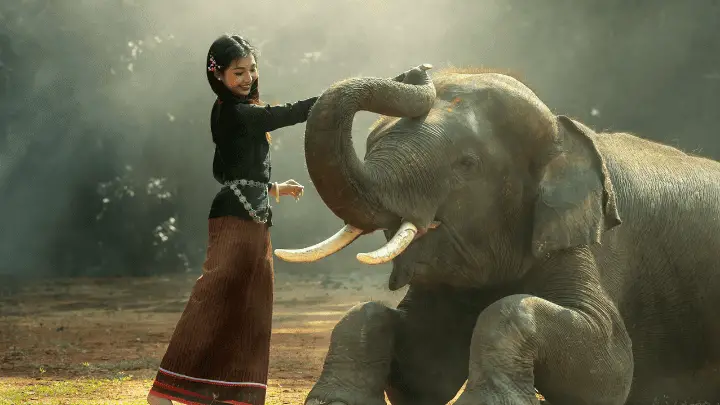
Asian elephants face various threats, and their population has declined by 50% in the last three generations. Habitat loss, human-elephant conflict, and poaching are their main challenges.
Conservation efforts: Organizations like the Elephant Family work towards securing elephant habitat corridors, implementing anti-poaching measures, and supporting community-based initiatives promoting peaceful coexistence between humans and elephants.
8. Vaquita

The vaquita is the most critically endangered cetacean, with less than 10 individuals remaining. Its population has drastically declined due to bycatch in fishing nets and illegal fishing practices.
Conservation efforts: Conservation organizations like the Sea Shepherd Conservation Society collaborate with local authorities to remove illegal fishing gear from vaquita habitat.
Furthermore, they conduct scientific research and raise awareness to protect these smallest and most elusive marine mammals.
9. Bornean Orangutan
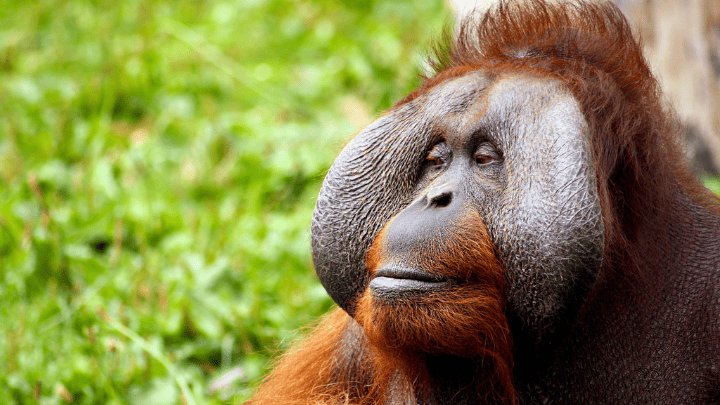
Statistics: Bornean orangutans have experienced a significant decline, with approximately 55,000 individuals remaining. Habitat loss due to deforestation for agriculture, illegal logging, and the pet trade are the main threats they face.
Conservation efforts: The Orangutan Foundation International focuses on habitat protection, orangutan rescue and rehabilitation, and community education.
They actively work to combat the illegal pet trade and promote sustainable land-use practices to ensure the survival of these incredible primates.
10. Blue Whale
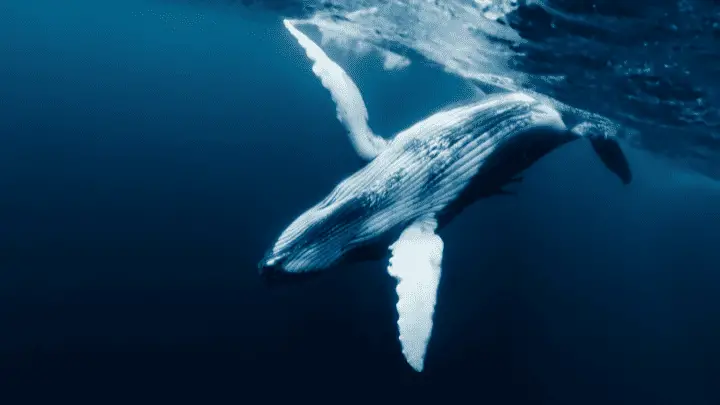
Despite being the largest animal on Earth, blue whales face endangerment due to commercial whaling, ship strikes, and ocean noise pollution. Their population is estimated to be around 10,000 to 25,000 individuals.
Conservation efforts: Organizations like the International Whaling Commission (IWC) enforce regulations to prevent commercial whaling. Efforts are also made to establish shipping lanes that avoid whale hotspots and reduce ocean noise pollution to protect these majestic marine creatures.
11. Pangolin
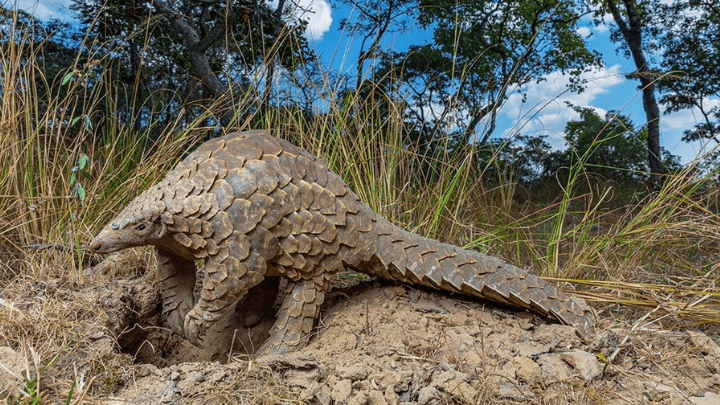
Pangolins are the most trafficked mammals globally, with all eight species threatened by illegal trade. It is estimated that over one million pangolins have been poached in the last decade.
Conservation efforts: Various organizations, including the Wildlife Conservation Society (WCS), focus on anti-poaching efforts, raising awareness, and supporting legislation to combat illegal trade. They also collaborate with local communities to protect pangolin habitats and promote sustainable livelihoods.
12. African Wild Dog

African wild dogs, also known as painted dogs, face significant endangerment, with an estimated population of 6,600. Habitat loss, disease, and conflict with humans are their main threats.
Conservation efforts: The African Wildlife Foundation (AWF) supports initiatives to protect wild dog habitats, mitigate human-wildlife conflict, and research to understand these unique social animals better. They also work with local communities to ensure the long-term conservation of these extraordinary canines.
13. Javan Rhino
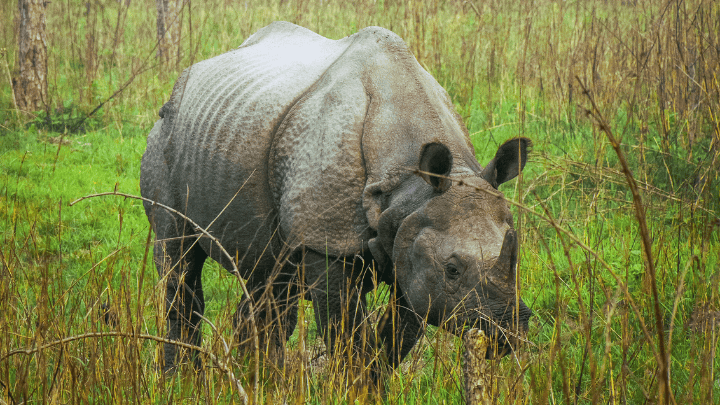
The Javan rhino is one of the rarest large mammals, with only about 70 individuals remaining in the wild. Habitat loss, poaching, and natural disasters pose severe challenges to their survival.
Conservation efforts: Organizations like the International Rhino Foundation (IRF) collaborate with local authorities and communities to protect Javan rhino habitats, conduct anti-poaching patrols, and implement captive breeding programs. Their work plays a crucial role in preventing the extinction of this magnificent species.
14. Leatherback Turtle
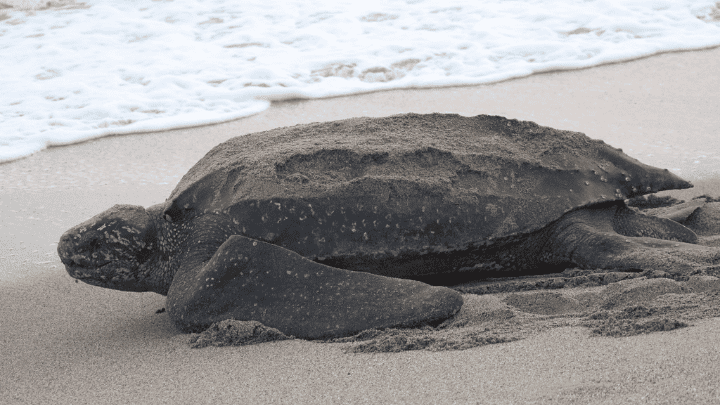
Leatherback turtles face a steep decline, with their global population decreasing by 40% in the last three generations. Threats include habitat degradation, pollution, and fisheries bycatch.
Conservation efforts: The Leatherback Trust focuses on protecting nesting beaches, reducing fisheries bycatch, and conducting research to understand better and conserve these ancient mariners. They also engage in educational programs to raise awareness about preserving leatherback turtle populations.
15. Cross River Gorilla

Statistics: The Cross River gorilla is one of the rarest subspecies, with approximately 300 individuals remaining. Habitat loss, poaching, and human encroachment threaten their survival.
Conservation efforts: With local communities and governments, the Wildlife Conservation Society (WCS) enforces anti-poaching measures and promotes sustainable development to protect the Cross River gorilla habitat. Their conservation efforts are crucial in ensuring the survival of this unique primate.
FAQs
Why are so many animals becoming endangered?
The increasing endangerment of animals is primarily due to human activities such as habitat destruction, poaching, potential effects of climate change, and pollution. As human populations expand and consume more resources, ecosystems are disrupted, leading to the decline of many species.
How can you contribute to the conservation efforts for endangered animals?
There are several ways to make a positive impact. You can support reputable conservation organizations through donations or volunteer work. Additionally, spreading awareness, adopting sustainable practices, and supporting local communities living alongside endangered species can help protect their habitats and ensure their survival.
Are all endangered animals on the brink of extinction?
Not all endangered animals are on the brink of extinction, but they are at a high risk of extinction if conservation efforts are not implemented. Some species may have critically low populations, while others may have larger populations but face significant threats to their survival.
Can captive breeding programs help save endangered animals?
Captive breeding programs play a vital role in saving endangered species by increasing their population and genetic diversity. These programs aim to reintroduce individuals into the wild when suitable habitats and conditions are available, contributing to the species’ long-term survival.
How long does it take for an animal to be removed from the endangered list?
The time it takes for an animal to be removed from the endangered list varies depending on population recovery, habitat restoration, and successful conservation efforts. It can take several years or even decades of sustained conservation work before a species can be reclassified.
Are conservation efforts effective in saving endangered animals?
Conservation efforts have proven successful in many cases, leading to the recovery of endangered species. However, continued efforts and global cooperation are necessary to ensure their long-term survival.
Final Thoughts
As I conclude this article on endangered animals, take a moment to reflect on the critical importance of preserving our planet’s wildlife. The numbers and conservation status of each animal I’ve discussed are alarming, but there are things we can do to help.
From supporting conservation efforts to making eco-friendly lifestyle choices, we all have a role in protecting these magnificent creatures. Let’s work together to ensure that future generations can marvel at the beauty of a tiger or the grace of a sea turtle.
Remember, every small action counts, and together we can make a difference. So let’s stand together and commit to preserving these incredible animals and the habitats they call home.
You can also learn more about animals that start with I.
Thanks for reading.

